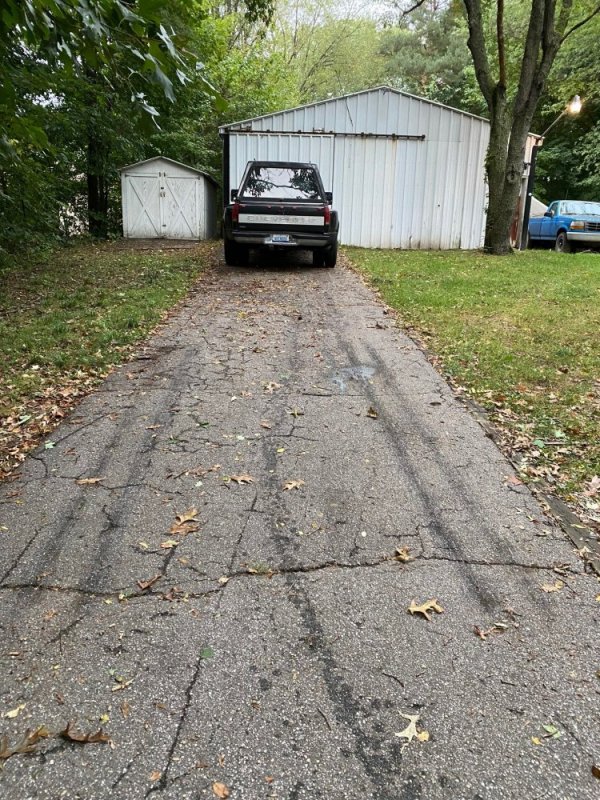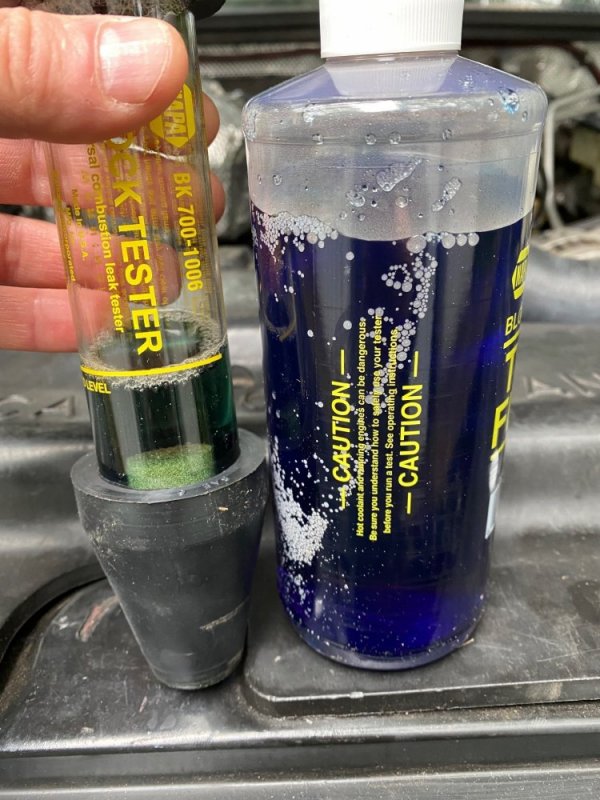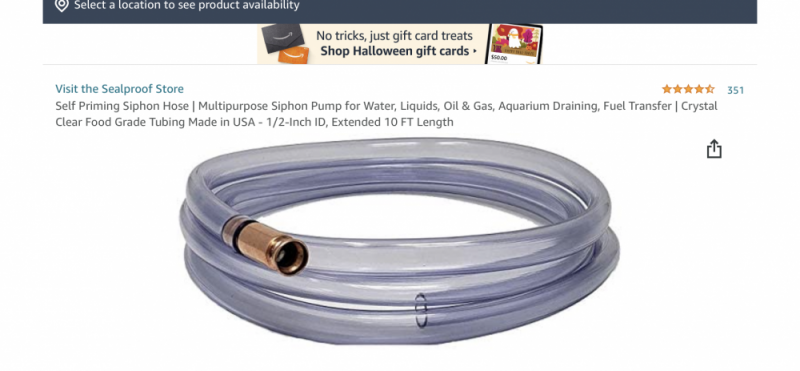n8in8or
I never met a project I didn’t like
Some times the skid steer comments are well-played. Some times they're over-played. Some times I know you're right and I don't want to admit it. All times I know it's all in good fun@n8in8or's silence on my comment is deafening. I'm sure Nate's just ignoring it. Don't really blame him. He knows it's all in good fun.



